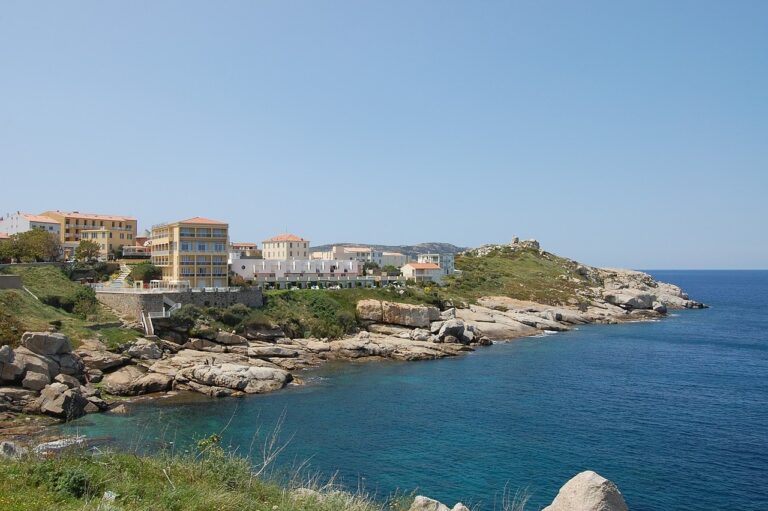Coastal Carpentry: Building for Seaside Living
allpanel777, laser book 247.com, 99 exch.com: When it comes to building your dream home by the seaside, there are a few key considerations to keep in mind. Coastal carpentry is a specialized field that requires a unique set of skills and knowledge to ensure that your home is not only beautiful but also durable and able to withstand the harsh elements of the coast. In this article, we will explore the world of coastal carpentry and learn how to build for seaside living.
Understanding Coastal Carpentry
Coastal carpentry is a specific branch of carpentry that focuses on building structures near the coast. From beachfront homes to seaside cottages, coastal carpenters must take into account the unique challenges posed by the coastal environment, such as saltwater exposure, high winds, and sandy soil conditions.
One of the key factors in coastal carpentry is choosing the right materials. Coastal homes are exposed to high levels of moisture and salt, which can cause traditional building materials to deteriorate quickly. Coastal carpenters often opt for materials such as pressure-treated lumber, composite decking, and stainless steel hardware to ensure that the home is able to withstand the elements.
In addition to choosing the right materials, coastal carpenters also need to consider the design of the home. Seaside homes often feature open floor plans and large windows to take advantage of the stunning views. Proper ventilation and drainage are also crucial to prevent moisture buildup and mold growth.
Building for Seaside Living
When building a home by the sea, there are a few key elements to consider to ensure that your home is able to withstand the coastal environment. Here are some tips for building for seaside living:
1. Elevate the Home: Flooding is a common issue in coastal areas, so it’s important to elevate your home above the base flood elevation to reduce the risk of damage.
2. Use Durable Materials: Choose materials that are able to withstand the harsh coastal environment, such as pressure-treated lumber, vinyl siding, and metal roofing.
3. Proper Ventilation: Ensure that your home has proper ventilation to prevent moisture buildup and mold growth.
4. Seal Windows and Doors: Sealing windows and doors to prevent water infiltration is crucial in coastal areas where high winds and storms are common.
5. Consider Hurricane-Resistant Design: If you live in an area prone to hurricanes, consider building a home with hurricane-resistant design features such as impact-resistant windows and reinforced walls.
6. Maintain Your Home: Regular maintenance is key to ensuring that your coastal home remains in good condition. Keep an eye out for signs of water damage, mold growth, and wood rot, and address any issues promptly.
FAQs
Q: What are some common challenges faced by coastal carpenters?
A: Some common challenges faced by coastal carpenters include saltwater exposure, high winds, and sandy soil conditions.
Q: What are the best materials to use for coastal carpentry?
A: Some of the best materials for coastal carpentry include pressure-treated lumber, composite decking, and stainless steel hardware.
Q: How can I protect my coastal home from flooding?
A: Elevating your home above the base flood elevation, using flood-resistant materials, and ensuring proper drainage are key ways to protect your coastal home from flooding.
In conclusion, coastal carpentry is a unique field that requires a specialized set of skills and knowledge. By choosing the right materials, considering the design of the home, and following best practices for building for seaside living, you can create a beautiful and durable home that will stand the test of time by the sea.







